20 Tips That Will Increase Your Success With Topwater Lures [VIDEO]
- By: Tony Acevedo
- on
- Found In: Fishing Tips
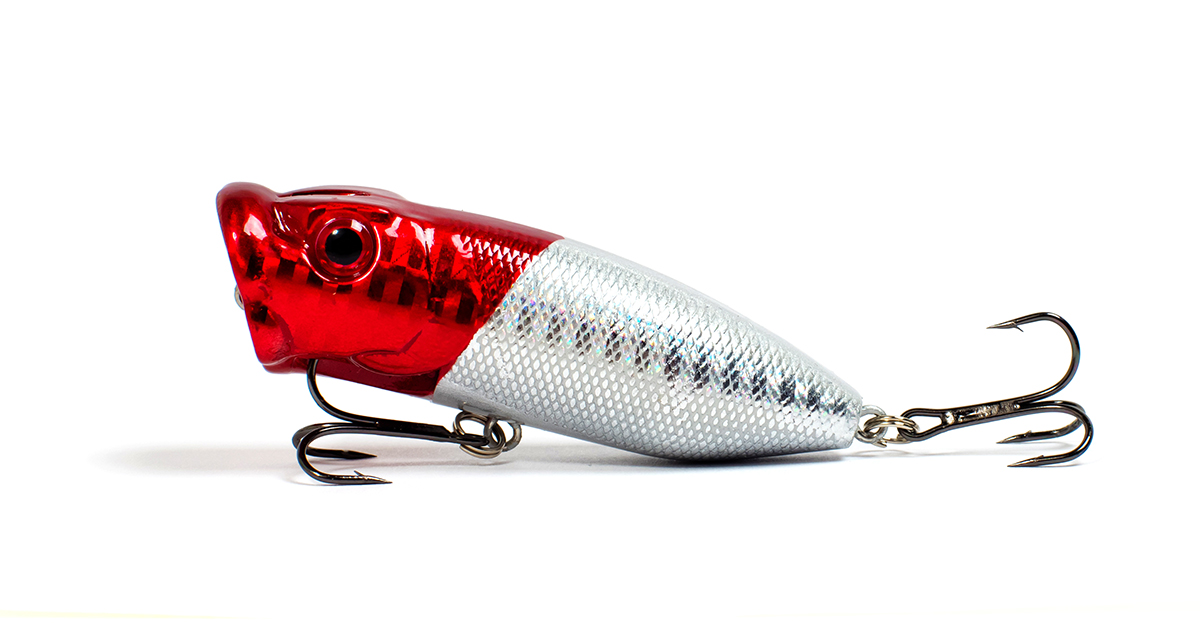
Welcome to the ultimate post on topwater fishing tips…
If you have ever used a topwater lure to catch redfish, snook, trout (or even a largemouth bass), then you know how exciting it can be to anticipate the strike and watch a fish blow up on the lure.
Even though topwater lures can be very easy to use, there are a few tips and tricks I would like to share with you to help with your success in landing more fish.
Note: These topwater lure tips are in no particular order.
Tip #1 -The Biggest Topwater Lure Mistake…
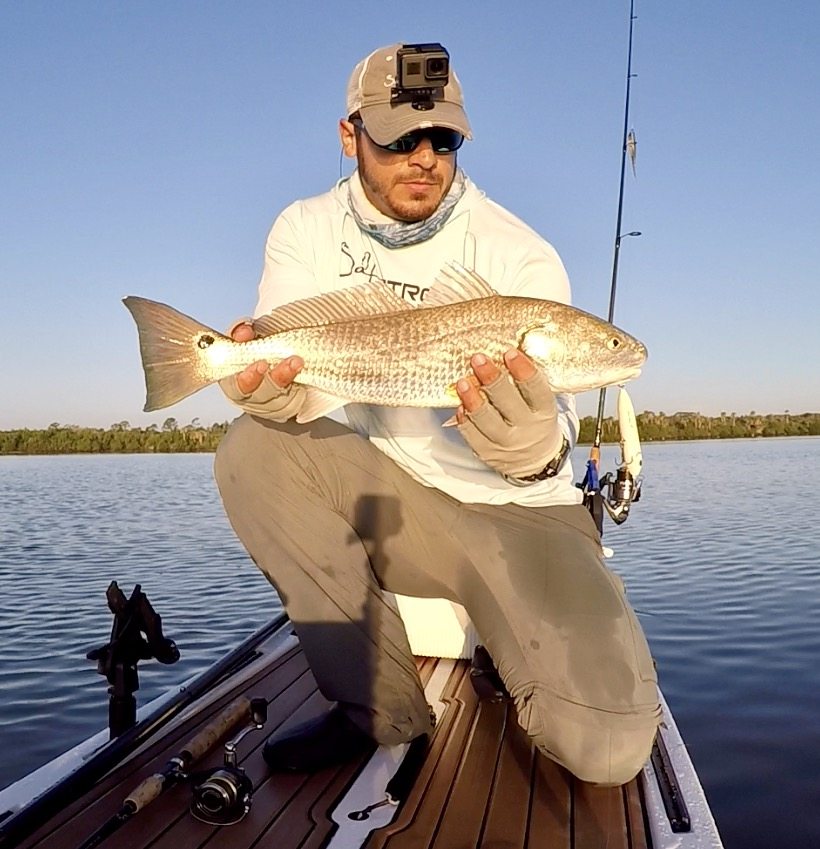
The biggest mistake that I see anglers make when using a topwater lure is being too quick to try and set the hook.
Ask me how I know…
Yep, I’ve done it plenty of times and still do it from time to time.
You see the water explode and your natural instinct tells us to set that hook right away.
But in reality, what happens is that you are typically pulling that lure away from the fish before it can even strike it.
The best topwater lure advice I can give you is that it is important to make sure that you feel the weight of the fish before going to set the hook.
Tip #2 – Take The Split Ring OFF Your Topwater Lures
This one could be a bit controversial, but I’ve found it is always best to take the split ring off of most all topwater lures.
Why take them off?
Because the split ring adds weight to the front of the lure, causing it to nose-dive more than it would without it.
I realize that a split ring is pretty light, but every ounce helps when it comes to the perfect presentation of your topwater lure.
If you are serious about getting more strikes, try taking off the split ring and using a loop knot (see Tip #9)
Tip #3 – Use Mono Leader With Topwater Lures (Not Fluoro)
This is another controversial fishing tip, but I have found enough evidence in my own fishing results for me to believe this to be true.
But here’s the deal:
Fluorocarbon fishing leader tends to sink more easily than monofilament fishing leader.
And if your leader is sinking fast, it will cause your topwater lure to nosedive a bit more than it should.
Tip #4 – Use “Extra Tough” Or “Extra Abrasion Resistant” Mono
The next tip is to use the “Extra Tough” or “Extra Abrasion Resistant” monofilament fishing line (or fluorocarbon line if you don’t agree with my tip#3).
Although I haven’t done a formal test on how much tougher this “extra tough” leader line is, I have to imagine it will hold up better than the normal leader line.
Tip #5 – The Color Of Your Leader Line Does NOT Matter
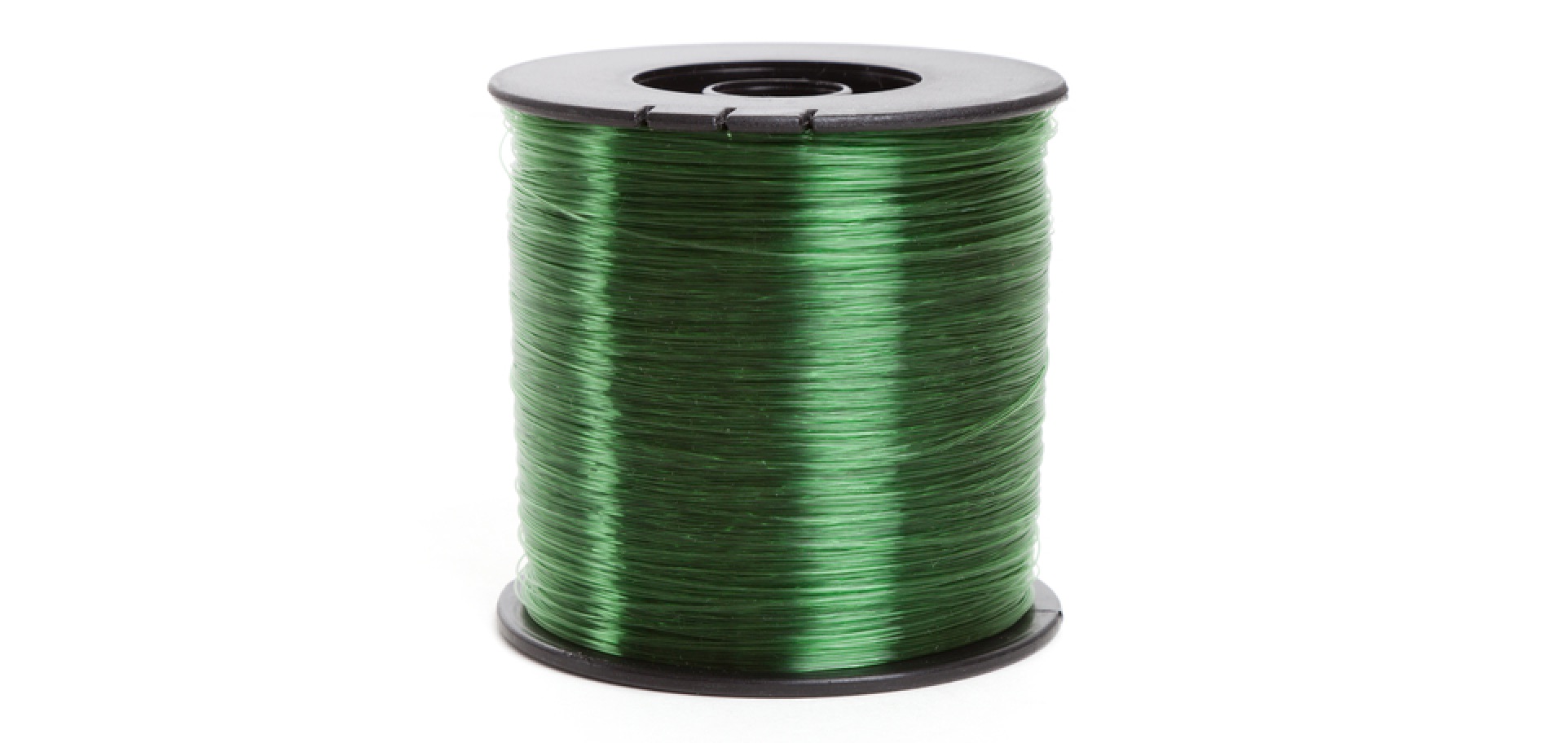
Yep, I said it…
Your leader line color doesn’t matter when fishing with topwater lures.
It’s another reason that “clear” fluoro line doesn’t have any advantage over mono when it comes to fishing with topwater lures.
Why?
Because when the line is up near the surface of the water and the fish is looking up at it, either they see the line from the shadow of the sun above or they don’t.
It’s not like when the leader line is presented to the fish in front of their face down near the bottom of the water.
Tip #6 – The Ideal Leader Length Is Approx 2 Feet
Although it can be argued that your leader line can be longer or shorter for certain situations, fish species, etc, in general, I like to keep my leader around the two-foot mark.
It gives me enough length to protect against the fish’s mouth and structure, while at the same time giving me the ability to cast without having to reel the line to leader knot through my rod guides.
Related Post: Do You Make This Common Mistake When Casting?
Tip #7 – Keep Your Rod Tip Low When Retrieving Your Topwater Lure
In general, the lower your rod tip the better while retrieving a topwater lure.
If your rod is too high, it can pull the nose of your topwater lure completely out of the water (which is not very natural).
It also hurts the overall presentation of your lure’s action.
When in doubt, keep your rod tip low for more strikes (especially when walking the dog).
Tip #8 – Your Rod Length Effects Your Hookup Rate
I usually go with a 7 to 7’6 rod when fishing topwater lures.
Ultimately, the rod length will depend on what you are fishing out of (or from).
As I mentioned in Tip #7, you want your rod tip to be low, so if you are sitting down in kayak (for instance), a short rod will make your day a whole lot easier.
I’ve gone down to a 6’5 rod when fishing out of a kayak just to get the perfect action.
Tip #9 – Use Loop Knots With Most Topwater Lures
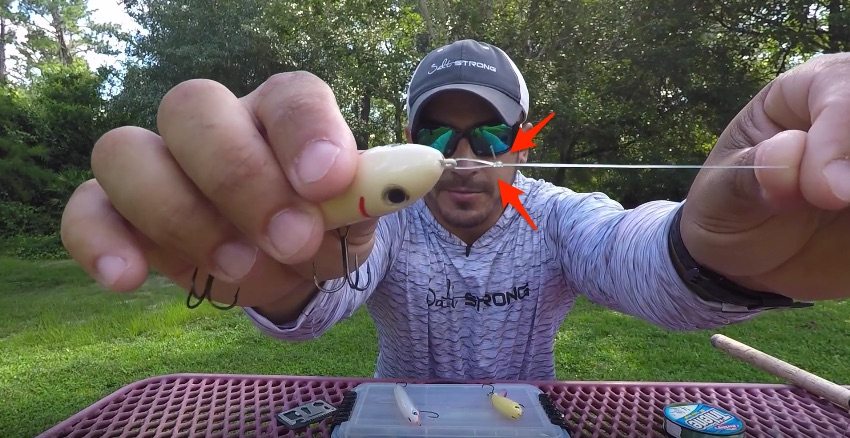
Loop knot = more action
More action = more strikes
A loop knot gives the lure more freedom to do what it’s supposed to do.
As I mentioned in Tip #2, I highly recommend taking off the split ring and using a loop knot.
You should see your strike ratio improve.
Note: I prefer the Kreh Loop knot after seeing the results from this knot contest.
Tip #10 – You Don’t Need A Loop Knot For Straight Retrieval Topwaters
The only time I don’t use a loop knot is when I a fishing with a “straight retrieve” topwater lure.
If you are fishing a straight retrieval lure (like a topwater frog or prop bait), you don’t need the same “walk the dog” action so a snug knot will do.
Note: The Orvis knot is one of the easiest to tie (and it is weedless)
Tip #11 – Try The “Pop n’ Pause” Retrieve
Besides “walking the dog,” one of my favorite ways to attract strikes with a topwater lure is a “pop n’ pause” technique.
It’s as simple as popping the rod tip pretty hard to get a good splash, let it pause for a second, and then do it again.
Check it out around the 8:15 minute mark in the video below.
Tip #12 – Maintain A Steady Retrieve All The Way Back To You
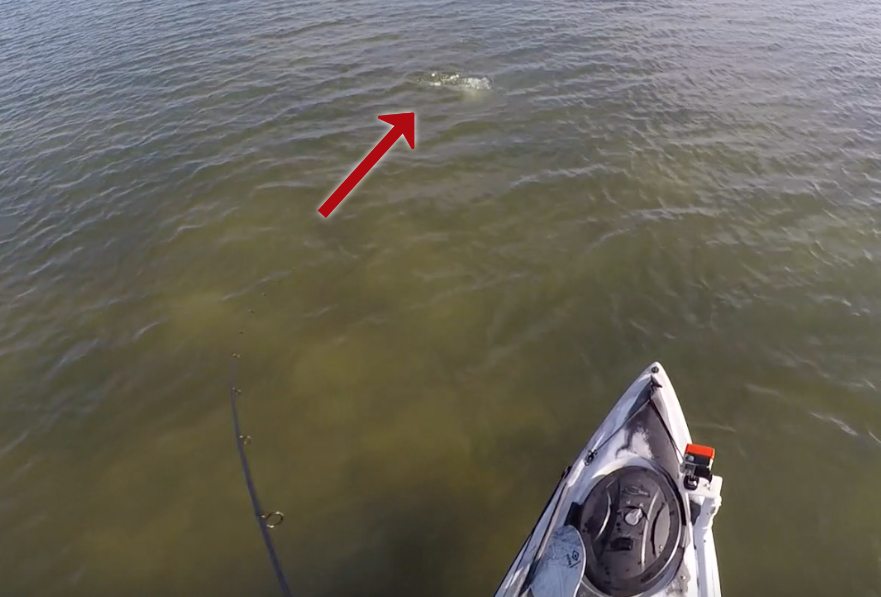
Many times a fish will “short strike” the lure, in which it will sometimes pop the lure out of the water, or just create a splash right behind it.
When this happens, it’s very important to keep your cool and continue a steady retrieve until that fish finally connects and you can set the hook.
Redfish, snook, and trout will often strike a topwater multiple times during the retrieve, and sometimes even right by your feet before you take the lure out of the water.
Be sure to retrieve that lure all the way back to you as these fish will sometimes follow it all the way back and strike at the last minute.
I see many anglers cast a topwater lure out and give it a few twitches, and then reel it back in to cast again.
The more water you can cover, the more of a chance you have to catch a fish.
Tip #13 – Watch Immediately Behind Your Lure (For Wakes)
Want to know when you are about to get a strike?
Just watch directly behind your lure as you retrieve it in.
Many times (depending on the type of fish) you will get a glimpse of a wake behind the lure as they check it out.
It’s important that if you see a wake, don’t freak out, just keep doing what you are doing until you feel the fish on.
Too many fish are lost when an anxious angler starts changing things up or trying to set the hook too early because he or she sees a wake right behind the lure.
Tip #14 – The Goal: Make It Look Like An Injured Bait Fish
There are a lot of different theories on how to best retrieve a topwater lure.
But always keep this in mind:
The ultimate goal is to have your lure look like an injured bait fish near the top of the water.
If you want to get really good at catching fish on topwater lures, study how an injured bait fish moves.
Tip #15 – Always Have A Soft Plastic Ready
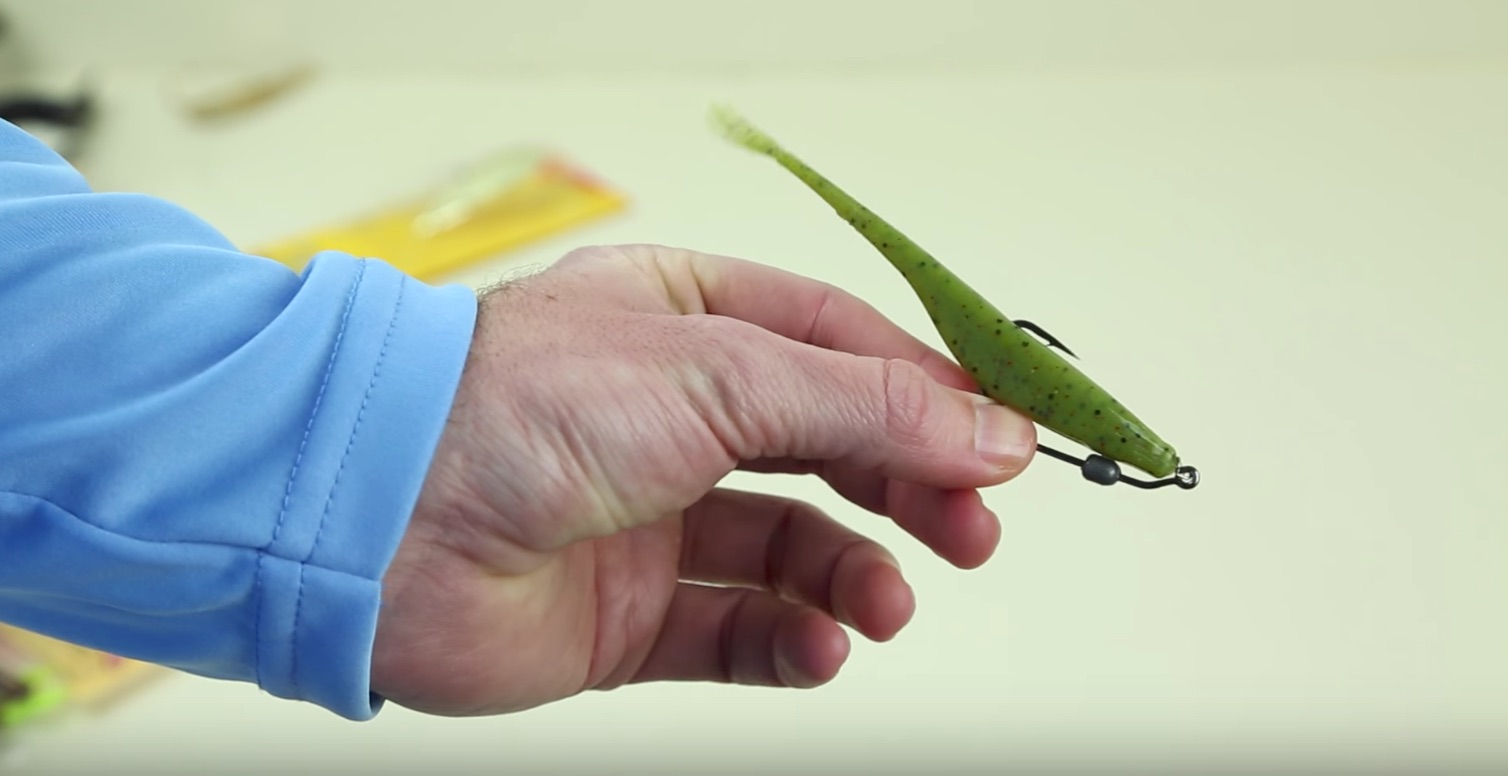
Let’s face it, as much as we all love seeing a topwater explosion, some days the fish just won’t hit your topwater lure.
In cases like these (where I can actually see wakes or strikes on my lure), I like to have a soft plastic lure ready to toss out where I am seeing the fish.
Your best bet is to cast your soft plastic right in the same path you were getting strikes or reactions with your topwater lure.
Here’s a direct link to a review of my favorite soft plastic (Berkley Gulp Shad)
Tip #16 – Replace Treble Hooks With Single Inline Hooks
Growing up fishing, I always thought that fishing with a treble hook was a distinct advantage…
I mean, it only makes sense that three hooks would be better than one.
But after much testing, I have come to believe that a single, inline hook on a topwater plug is more often than not, the way to go.
Not only does it decrease hooks flying around your boat, kayak, or into your skin, but it also helps secure a solid hookup compared to having a fish throw the lure with treble hooks.
Here are a couple of blog posts on how (and WHY) to replace your treble hooks with single hooks on your topwater lures.
Related Post: How To Properly Replace Treble Hooks With Inline Single Hooks [VIDEO]
Related Post: Pro Tip: How To Quickly Replace Treble Hooks With Single Hooks On Your Topwater Plugs
Tip 17 – The Color On The Bottom Of Your Topwater Lure Is Important
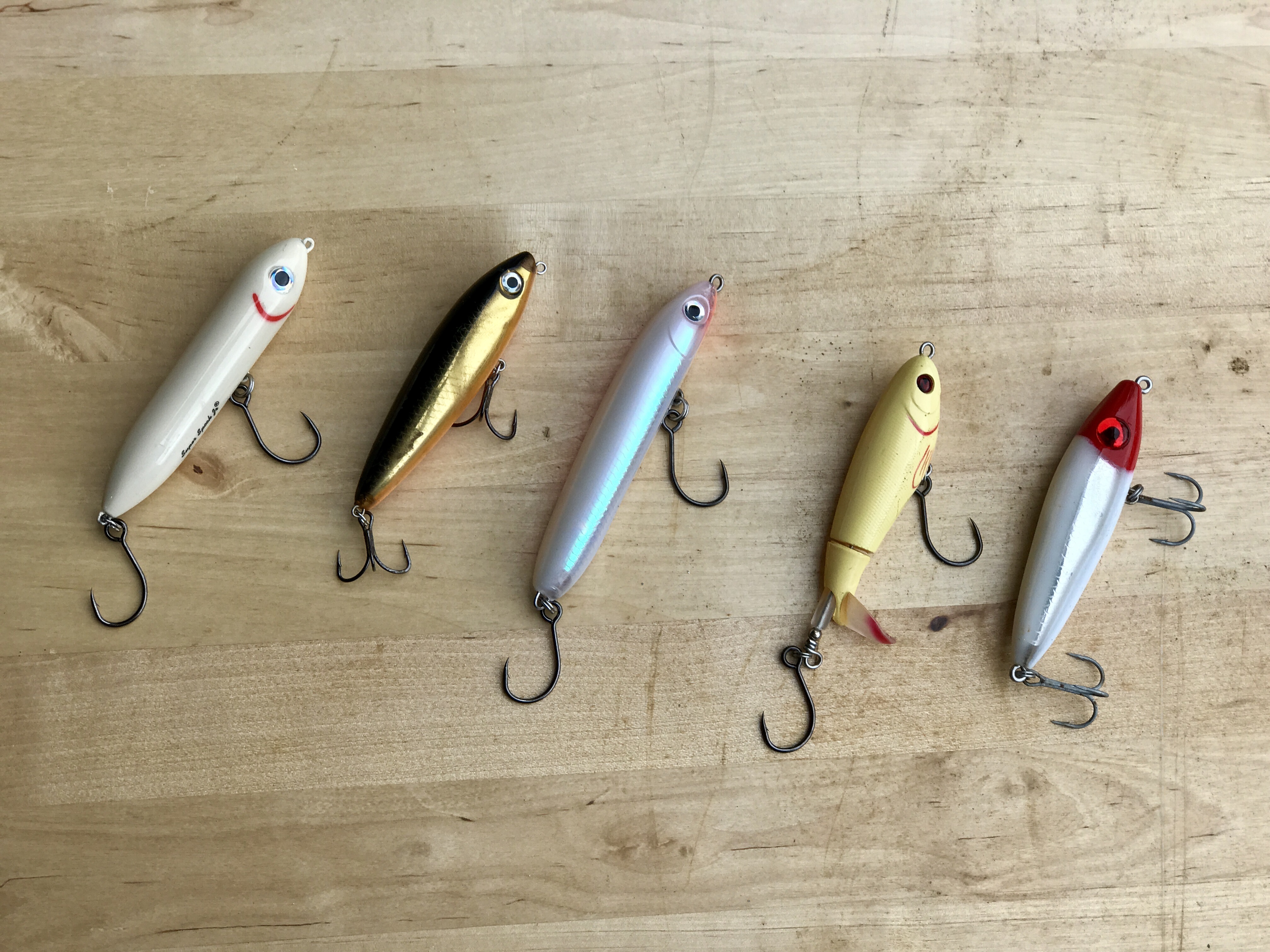
It is amazing how many color options there are for topwater lures, so I am going to make it simple for you to choose, and also explain why.
If you notice, most topwaters have the same color on the bottom: White.
White.
Most of the prey that a fish would be going after on the surface have white bellies, such as baitfish, frogs, snakes, rodents, turtles, etc. So a lure with a white belly is a default choice for choosing a topwater.
So a lure with a white belly is a default choice for choosing a topwater.
What you will also notice is that lure manufacturers make the tops of the lures the most colorful, however, this part of the lure is barely even seen by the fish.
The only color I really pay attention to is the color of the sides of the lure, especially if it is a plug that “walks-the-dog” on the surface.
A lure with gold sides is ideal since gold requires the least amount of light to flash compared to silver. But then again, the belly color is going to be most important.
What you must also consider is that the fish really only sees a silhouette of the lure when looking up. So to get the best contrast of color out of the lure, follow this rule of thumb:
So to get the best contrast of color out of the lure, follow the rule of thumb from tip #18.
Tip #18 – Dark & Cloudy vs Clear & Sunny
Want to know the simple way to pick the right colored topwater lure?
Here is the formula:
- On dark cloudy days, go with a darker color such as black.
- On clear sunny days, go with a lighter color such as white.
Pretty simple, right?
Tip #19 – If You Have One Black Topwater And One White Topwater, You Are Pretty Much Set For All Conditions.
Here’s the truth that most lure companies don’t want you to know…
It’s best to simplify your tackle.
You don’t need 100 topwater lures in your tackle box.
And as I shared on Tip #18, all you need is one black (or dark) topwater lure and one white topwater lure.
That’s it.
Tip #20 – The Best Time Of Day To Use Topwater Lures
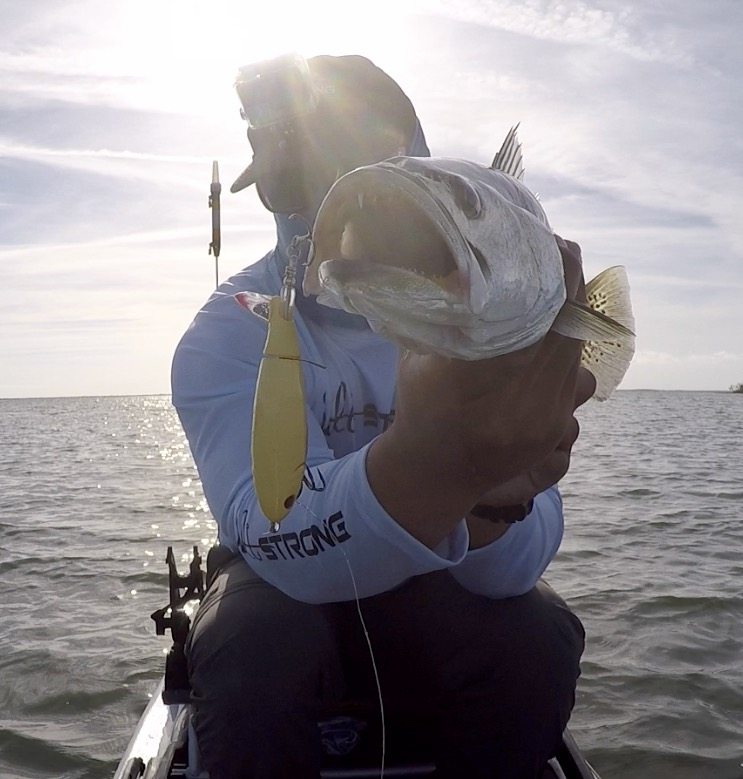
All of the prior tips aren’t that important unless you are fishing your topwater lures at the right times.
Here are some of my best tips on that:
The surface of the water is a convenient place for fish to ambush their prey because whatever they are chasing doesn’t really have anywhere to go.
Their prey is also easier to catch by surprise when attacking from below.
Since these fish are having to look up to strike their prey, using topwaters in low light conditions is going to be the most productive during these times:
- Early Morning
- Overcast Days
- Just Before Sunset
- Just Before a Storm
Topwater Fishing Analogy (Grocery Shopping)
Here’s my best topwater fishing analogy:
Imagine grocery shopping outside with the following conditions:
- sunny
- no shade
- no cover
- no sunglasses
- everything is on the top shelf
- and the shelves are crystal clear…
How long do you last at that grocery store?
I’m willing to bet you’d wait until the sun went down or went shopping early in the morning when the sun was starting to rise.
Same goes for fish.
They don’t like staring right up into the sun to get their food either.
However, it doesn’t hurt to try and throw a topwater in the middle of the day, especially if you get a big cloud to cover the sun for a few minutes.
But in general, don’t expect the best topwater explosions during the middle of the day when there are clear skies.
In the following video, I have put together all of these tips (along with a few others) to help with your success when using topwaters.
Everything from rigging to presenting the lure.
Enjoy!
21 Topwater Lure Tips [VIDEO]
Conclusion
I hope you had a few solid takeaways from this topwater lure post.
Which tip was your favorite?
Any other topwater lure tips you would like to share?
Did you disagree with any of these topwater fishing tips?
Let us know in the comments.
Related Post: How To Consistently Catch Redfish, Snook, And Gator Trout Without Live Bait (see it here now)
Want to out-fish all of your friends?
Want to be able to find inshore feeding zones all year long?
Then see if you qualify for this exclusive fishing club.
P.S. – If you think your angler friends or fishing networks would like to see this, please Tag them or Share this with them. You Rock! Pa-POW!
Related categories:
STOP WASTING TIME ON THE WATER!
Do what the “SMART ANGLERS” are doing and join the Insider Club.
Here’s what you’ll receive today when you join:
- Weekly fishing reports and TRENDS revealing exactly where you should fish every trip
- Weekly “spot dissection” videos that walk you through all the best spots in your area
- Exclusive fishing tips from the PROS you can’t find anywhere else
- Everything you need to start catching fish more consistently (regardless if you fish out of a boat, kayak, or land).









Just a couple of thoughts from my experience in South Texas. Solid black Super Spook Jrs work for me most all of the time. As you mentioned, a small wind riffle on the water makes the fish focus more on the splashing but My belief is that under those conditions the black spook provides slightly greater silhouette so the trout do not short strike quite as much. Next, in fishing large shallow (2′) flats it seems that the top waters work all day long. My theory is that the shallow water forces the fish to attack from a shallow angle so they are not staring up into the sun during a strike. Effectively this becomes similar to fishing when it is somewhat overcast. Your thoughts?
Hey Tony,
Great vid, that’s for the info. I have a question for you regarding the right conditions for using top water lures. I haven’t had a ton of luck with top waters, but have certainly had one or two fun evenings (mostly with Wopper Ploppers) and would love to get better with them. I’ve noticed that calm days seem to be better for top water lures – when the wind has picked up and there are a fair amount of ripples on the water, I’ve never really had much luck. Would you say that it’s best to only use top waters when the water is calm, or am I potentially doing something wrong?
Thanks again for the info.
Hey Kyle,
Calm conditions are ideal for topwaters, however, they can work really well with a slight ripple on the waters surface. This small ripple makes it harder for the fish to really see the lure itself, and makes the fish focus more on the splash and noise. I also tend to have more luck with topwaters in the fall spring and fall when baitfish are more abundant since topwaters imitate an injured baitfish very well.
I have recently become addicted to fishing topwater inshore. Its amazing when you get a fish to hammer that lure right in front of you. Another great tip and video. My favorite topwater lure is the Jackal Bonnie 95, weighted in back and rattlers inside. Walks the dog like a champ, just more expensive nowadays since they don’t make them anymore.
Good vid Tony now I’m not going to say I totally disagree with some of the things you said just give my opinion on what works for me I like floor carbon leaders they seem to be tougher even better then the best mono and I never have tied a loop knot I use what is known as a speed clip its not a swivel but a very fast way to attach a lure instead of having to tie a special knot and the advantage to that is if you want or need to switch lures you can without the hassle of retiring but that’s your option I just know what works for me now as far as removing the split ring I never thought about that but I guess i could and the leader size I usually pull out a length until both my arms are outstretched then cut it off that way I know I have plenty with only 2 feet it doesn’t take long before you have to tie a new one on and that takes time remember when your fishing in tidal areas every min counts because there is always a window when the tide is best and yes removing the trebles and replacing them with inline singles sounds like a great idea the only problem being I have yet to find a store that carries them any suggestions?
I purchased inline hooks from Academy Sports and Outdoors. I haven’t really seen them anywhere else except for bass pro shops and online.
Thanks for the feedback Tony and yes I found some at a store called strike zone fishing hey went cheap about 8 bucks for 8 hooks but I bought 2 pals enough to do about 8 lures a few for topwater and some hard subsurface baits as well I’ll try academy sports next time I’m sure they will be cheaper anyways thanks again????
Excellent information! Especially the hints on contrasting color choices! I so agree with you. We catch more fish with gold & white colors than any other combo. I use surface baits often because the clients love to “see the strike” and watch that water explode when a nice fish hits a surface bait. I often catch nice fish by simply wiggling the end of the pole hard enough to make the bait create ripples on the surface without much of a retrieve at all. Works well under docks and overhanging mangrove shade spots!
Thank you for awesome feedback Captain Dave!
Great info Luke.
I hope you made out ok with Irma, not so much damage.
I was one of the lucky ones to escape damage in Nokomis.
Have you been able to get out fishing yet? I will be back down for a quick visit early October.
Best Fishing Polarizes Sunglasses
Great tip Capt. Hans! Tight lines
So if you take the split ring from the lure and tie a knot isn’t that going to mean a new knot every time a lure is changed. soon need a new leader and swift/quick changes are not going to happen should you decide the need for a change. So I would disagree with the split ring removal… or put a loop knot on that can be reused by slipping the loop over the lure
Hey Barry,
I’ve never used the split ring as a means of quickly changing the lure, unless you are referring to the snap swivels?
If so I usually stay away from snap swivels just because I prefer less terminal tackle that could be a distraction to the fish. The extra swivels and split rings also add a little more weight to the lure which can affect its action. Once you tie the loop knot a few times it’s really simple to do and can take less than 10 seconds.
Thank you, sounds like good advice. I will start practicing them becuase I see you catch a lot of fish!
No problem Roger, hope it helps!
Question for you. Been using topwater lures a lot recently for both early morning trout and, when conditions permit, prospecting weed lines for summer Mahi. However – finding that I seem to have an issue where the line wraps around the treble hooks of the lure. Obviously, this impacts the action of the lure and is pretty frustrating when we’re on a hot bite. Any recommendations or tips to help reduce or eliminate this from happening?
You might try replacing the trebles with single hooks. I had those issues too until I did that swap.
Yep, here’s a great video on how (and why) to replace the treble with a single, inline hook: https://www.saltstrong.com/fishing-tip/how-to-replace-treble-hooks-with-single-hooks/
Thanks! Elegantly simple!
Don’t thank me~ it’s tip#16 above, although I do it for your reason.
What style and size hooks did you switch out on the spook jr?
Never mind…. I found the video
2/0 ‘J’ hooks.
Hey Raj,
It can help to reel your line tight before retrieving the lure and keeping just enough slack in the line during the retrieve to keep the hook from wrapping around your line but maintain the lures action. When you make hard twitches it causes the lure to jump and will usually jump past your line causing the hook to tangle. Also if you use a loop knot, try to keep it fairly small. A bigger loop knot will cause problems with the line tangling on the hooks. If all else fails you can always replace that front treble hook with a smaller one, or as others said, try the inline hooks.